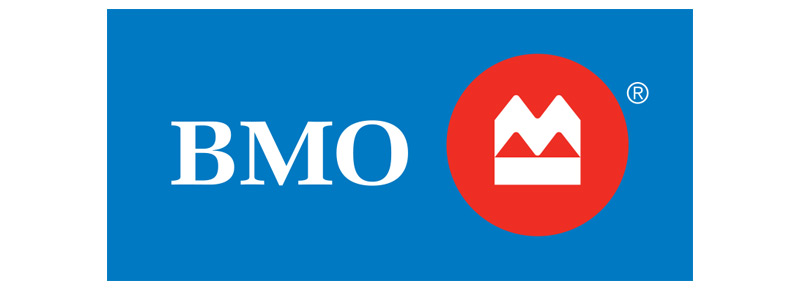Knowing when to exceed customer expectations
In a world where social media thrives, the voice of the consumer has further reach than ever before. Those who have experienced poor service are increasingly vocal, leveraging social media platforms to bring awareness to their negative experience with a brand. And even when customers aren’t publicly outspoken, it doesn’t mean they are not dissatisfied.
The ability for customers to understand what they are buying as well as how, where and when they receive their purchase is table stakes in today’s global economy, and organizations that fall short of consistently meeting expectations will see eventual decline. And that decline can be greatly accelerated.
But what is the value of organizations exceeding customer expectations? When does it make sense to go over and above to satisfy your customers’ needs?
As is the case for most things, it depends. But the key to understanding when and if to exceed the expected standard is really based upon the collection of relevant data points about the customer, the insights they drive and the formulation of decision-making models with accompanying strategies and tactics to be able to make the right call at the right moment in the customer journey.
Understanding the customer
The proliferation of customer data now available has led most marketers to ponder, “What do I need to look at now?”
Essentially, the modern marketer needs to understand that all the various sources available to them, like net promoter scores, CSATs and customer surveys actually work in concert within the framework of the customer journey. The ability to then draw out the key insights and trending becomes easier and more actionable as the findings are supported by multiple data points from multiple sources.
Coming up with alternative options
Leveraging the data successfully to drive customer insight and intelligence is the first step of the journey. But how can organizations establish a suite of responses that can suitably cover the range of customers and scenarios when it comes to exceeding customer expectations?
Well, firstly, it’s critical to tie all types of response back to the brand. The consistency of the brand promise, how it is grounded and how the brand shows up in real life scenarios is critical. Customers expect organizations to be authentic – so the emotional connections that are part of each aspect of the customer journey need to show up in any option that is being considered. This is especially true in how organizations deal with complaints and service issues. How does an organization respond to issues to ensure they don’t continually reappear? How does an organization respond to a negative review?
Secondly, as organizations seek to improve the ability to positively enhance customer expectations, it’s important to question the long-term impact on the customer journey. Are you surprising customers with a surpassing experience that they will look back favourably upon, or are you merely conditioning the customer to simply expect a higher level of performance on an ongoing basis? Within the Canadian landscape, we can see countless examples where customers simply got used to waiting for the sale, the special or the promotion – to the point that they refused to buy otherwise. How can exceeding customer expectations be done without longer term degradation of profitability?
Lastly, marketers need to contemplate the impact on the organization’s employees. How can you get front line teams that deal with customers to be engaged and supportive of the solutions proposed? Can developed solutions be readily activated by the team? What voice and approach do employees take to meet customer needs? How will these fundamental changes impact customer service throughout the organization in general?
Making the appropriate decision
The question of leveraging the proposed solutions into the appropriate model of decision-making becomes apparent. Recent work by Thaller and Bravo in formulating simple models that calibrate buying process expectations and product expectations, indicates that organizations can readily create models that are tailored to their specific environments, and provide guidance on when to exceed the customer’s experience as opposed to simply meeting the expected benchmark.
Scoring and guidance for specific scenarios can help front line employees determine what play to make in the midst of the interaction with the customer, and if the suite of options to select from is tailored appropriately, whether it can meet or exceed the customers’ expectation within the voice of the brand.
Additionally, organizations that wish to refine the process further would look to reinforce the validity of the decisions made through follow-up interaction with the customer, to assess their sentiments, as well as review their future engagement through the lens of personalization.
Final thoughts
In summary, as the global marketplace becomes more competitive, and consumers and businesses are faced with even more choices and options, organizations will need to address how best they can hold onto their customers without widespread degradation of profit margins. The ability to delight customers and exceed their expectations in a way that both adds value and is cost effective will need to be marshalled through an appropriate decision-making model that can be readily executed by front line employees. And organizations that can do this through the framework of their brand voice and persona can add to the authenticity of their brand.
Source:
ASQ.org, Quality Progress, Standard Issues: Exceeding Expectations, August 2023




































